Introduction
The concept of the Metaverse has long been associated with virtual reality (VR), augmented reality (AR), and digital spaces where people can interact. However, the next big leap in this digital frontier is the Photorealistic Metaverse, an evolution that aims to create virtual worlds nearly indistinguishable from reality.
This new form of the Metaverse merges cutting-edge technologies such as artificial intelligence (AI), high-fidelity graphics, real-time ray tracing, and volumetric video to offer an immersive, hyper-realistic experience. In this article, we will explore the technological advancements driving the Photorealistic Metaverse, its applications, challenges, and the future it holds.
What Is the Photorealistic Metaverse?
The Photorealistic Metaverse is a digital environment designed to mimic the real world with ultra-high precision. Unlike earlier versions of virtual worlds, which often had cartoonish graphics, this new Metaverse aims to be visually indistinguishable from reality by using high-resolution textures, physics-based rendering, and AI-driven animations.
Key features of a Photorealistic Metaverse include:
- Ultra-High-Resolution Graphics – Realistic textures, shadows, and reflections.
- Real-Time Ray Tracing – Accurate lighting and shading effects.
- AI-Generated Realism – Lifelike human avatars with natural facial expressions and body movements.
- Volumetric Video & Holograms – Immersive 3D captures of real-world objects and people.
- Physics-Based Simulations – Real-world interactions, such as gravity, weather, and water behavior.
Technologies Powering the Photorealistic Metaverse
Creating a hyper-realistic virtual world requires a combination of multiple advanced technologies. Here are some of the most significant ones driving this transformation:
1. Artificial Intelligence (AI) & Machine Learning
AI plays a crucial role in generating realistic avatars, landscapes, and animations. Deep learning models help enhance textures, predict user movements, and create dynamic, lifelike interactions.
2. Real-Time Ray Tracing
Developed by companies like NVIDIA and AMD, real-time ray tracing allows light to behave as it does in the real world. This enables reflections, shadows, and transparency to appear highly realistic.
3. High-Resolution 3D Scanning
Photorealistic environments are created using LiDAR scanning and photogrammetry, which capture real-world places in extraordinary detail and integrate them into the Metaverse.
4. Volumetric Video Technology
This enables full-motion 3D video recordings of people and objects, allowing users to experience holographic conversations and interactions in the Metaverse.
5. Cloud Computing & 5G
Cloud-based rendering powered by edge computing and 5G networks ensures that the Metaverse remains accessible with minimal latency, allowing users to experience real-time interactions without high-end local hardware.
6. Brain-Computer Interfaces (BCIs)
Emerging BCI technologies may one day allow users to control avatars and interact within the Metaverse using only their thoughts, creating an unprecedented level of immersion.
Applications of the Photorealistic Metaverse
A hyper-realistic Metaverse has the potential to revolutionize various industries. Here are some key applications:
1. Gaming & Entertainment
Gaming will experience a massive transformation with lifelike characters, realistic physics, and immersive storytelling. Virtual concerts, live events, and cinematic experiences will become more engaging than ever.
2. Virtual Tourism & Real Estate
Users will be able to explore photorealistic versions of real-world destinations before booking travel plans. Similarly, real estate agents can offer virtual property tours that feel like walking through an actual home.
3. Remote Work & Virtual Collaboration
Instead of traditional video calls, employees will meet in realistic virtual offices, interact with holographic colleagues, and use digital whiteboards in ways that feel like real-world brainstorming sessions.
4. Healthcare & Medical Training
Doctors and medical students will use highly detailed 3D simulations for training, diagnosis, and even remote surgeries with precise, real-time feedback.
5. Education & Training
From virtual classrooms with lifelike teachers to training simulations for astronauts, the Photorealistic Metaverse will enhance learning experiences through interactive, high-definition environments.
6. E-Commerce & Retail
Online shopping will evolve with users being able to try on clothing virtually, examine products in lifelike detail, and interact with AI-driven virtual assistants.
7. Social Interactions & Dating
People will experience digital socialization that mimics real-life conversations, complete with facial expressions, emotions, and body language.
Challenges of Building a Photorealistic Metaverse
Despite its potential, several challenges must be addressed before the Photorealistic Metaverse becomes mainstream:
1. Hardware Limitations
Current VR and AR headsets do not yet have the graphical capabilities to render photorealistic environments seamlessly. Advanced GPUs, powerful processors, and lightweight, high-resolution headsets are needed.
2. High Computational Costs
Rendering realistic environments requires massive computational power. Cloud-based solutions are improving, but widespread adoption remains costly.
3. Data Privacy & Security
More realistic interactions mean increased data collection, including facial scans, voice data, and behavioral patterns, raising concerns over user privacy.
4. Ethical Concerns & Digital Identity
Deepfake technology and AI-generated avatars could create challenges related to identity theft, misinformation, and fraud in a world where real and virtual become indistinguishable.
5. Content Moderation & Governance
Ensuring safety in the Metaverse requires strict content moderation policies to prevent harassment, misinformation, and illegal activities.
The Future of the Photorealistic Metaverse
The race to build a fully photorealistic Metaverse is well underway, with tech giants like Meta (formerly Facebook), NVIDIA, Epic Games, Microsoft, and Apple investing billions in R&D. Some future advancements we can expect include:
- AI-Generated Environments: Entire virtual worlds created in real time using generative AI.
- Haptic Feedback & Full-Body Tracking: Allowing users to touch, feel, and move naturally in digital spaces.
- Mass Adoption of AR Glasses: Instead of bulky VR headsets, lightweight AR smart glasses will provide realistic digital overlays on the real world.
- Blockchain & NFTs: Providing digital ownership of virtual assets, real estate, and artwork within the Metaverse.
Conclusion
The Photorealistic Metaverse is more than just a concept; it is rapidly becoming the future of digital interaction. As technology advances, we will see virtual worlds evolve into breathtakingly realistic environments that merge seamlessly with our real lives.
Whether in gaming, work, education, or social experiences, the impact of a hyper-realistic Metaverse will be profound, changing the way we interact with technology forever. While challenges remain, the pace of innovation suggests that within the next decade, we will be stepping into digital worlds that feel as real as the physical one.
Also Read:
Photo-realistic avatars show future of Metaverse communication

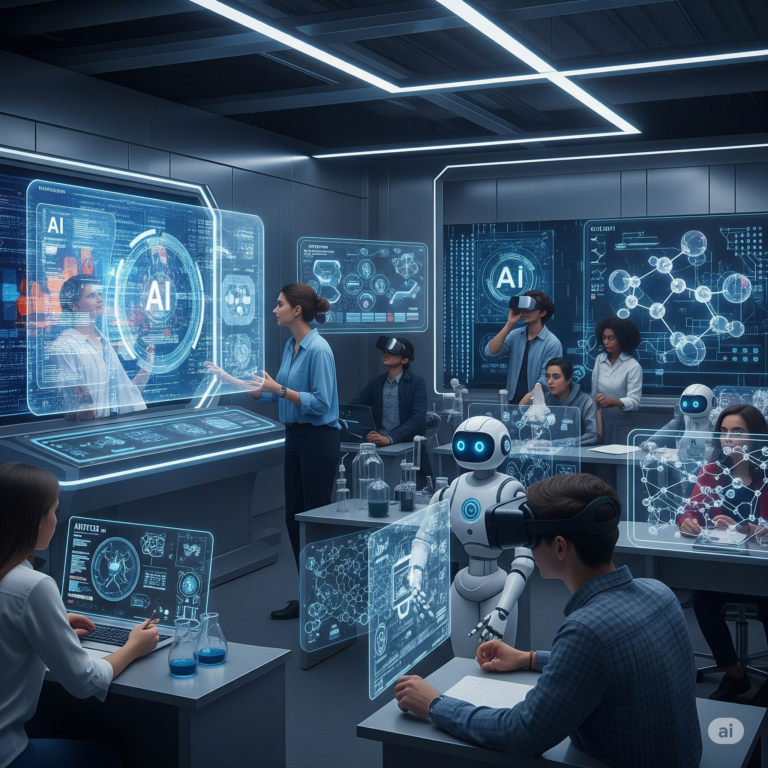
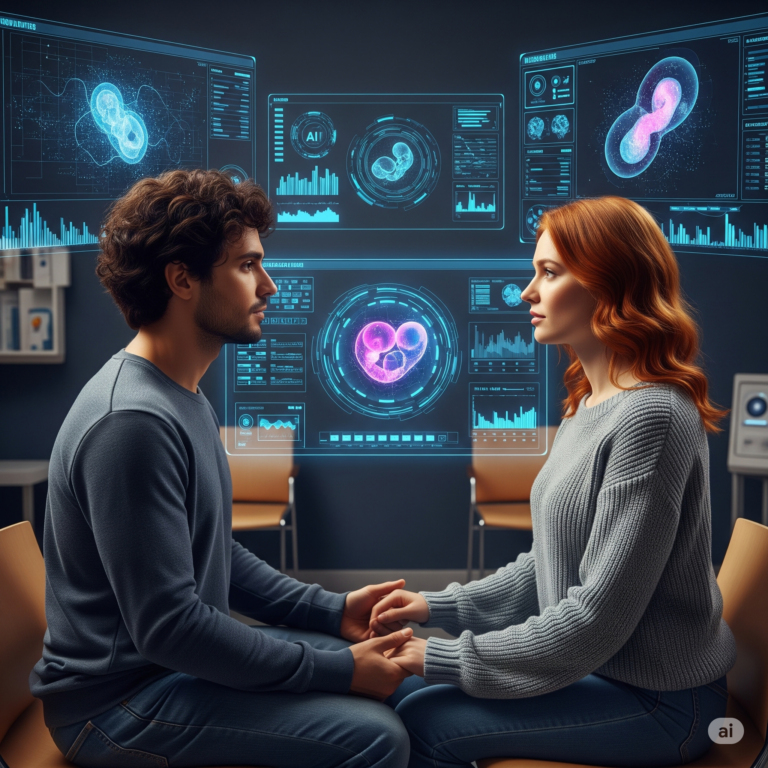
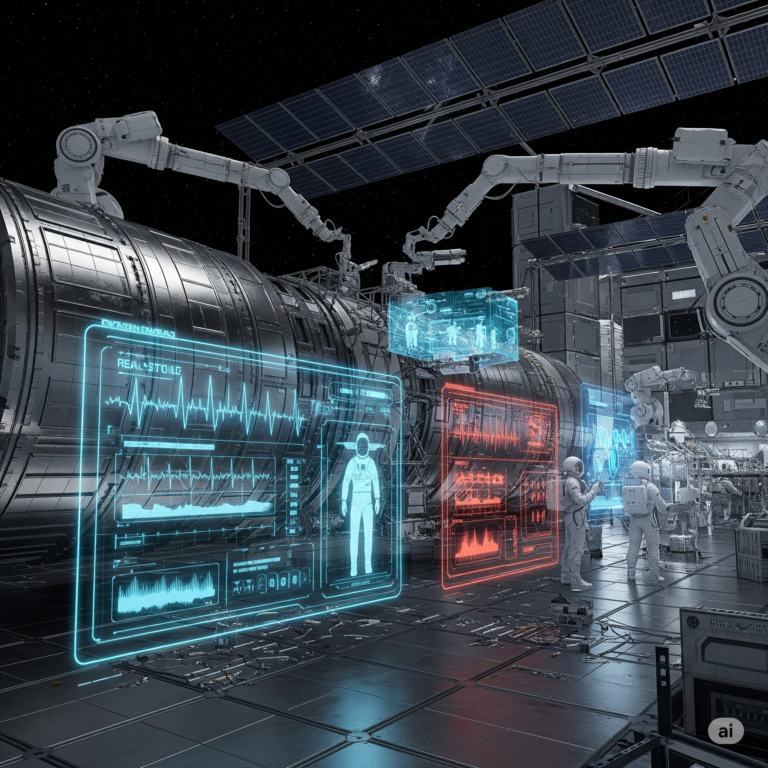
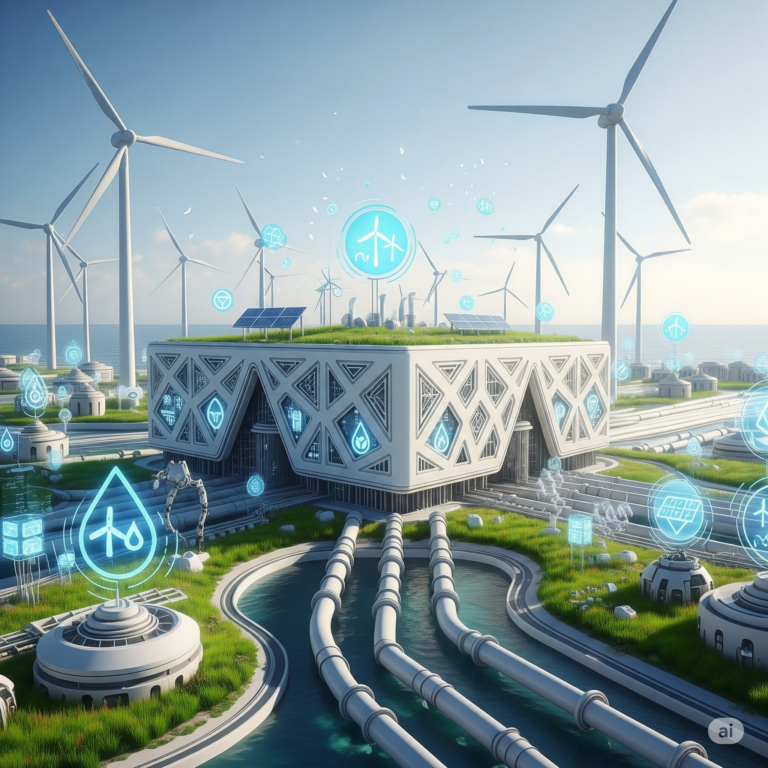
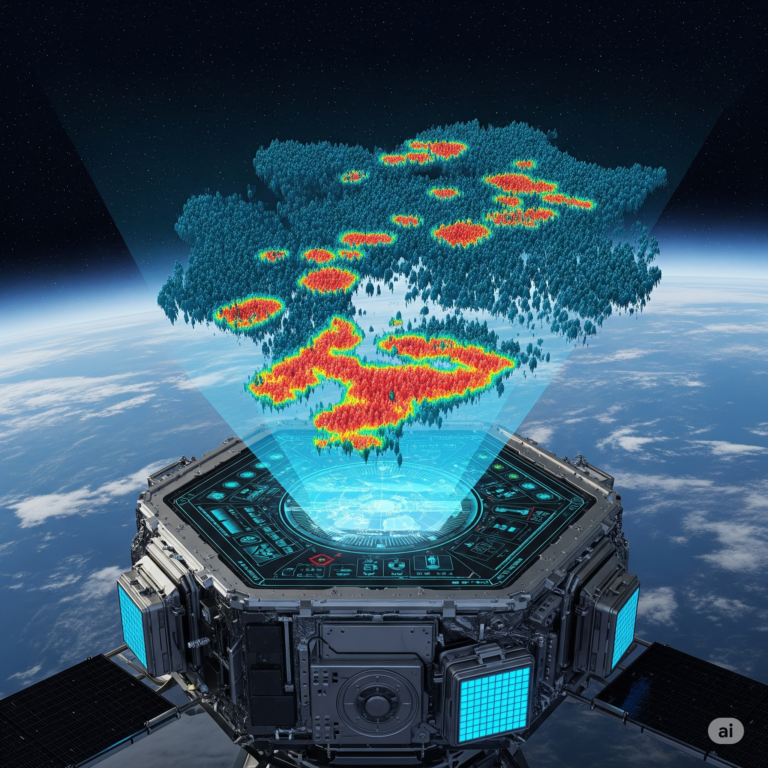
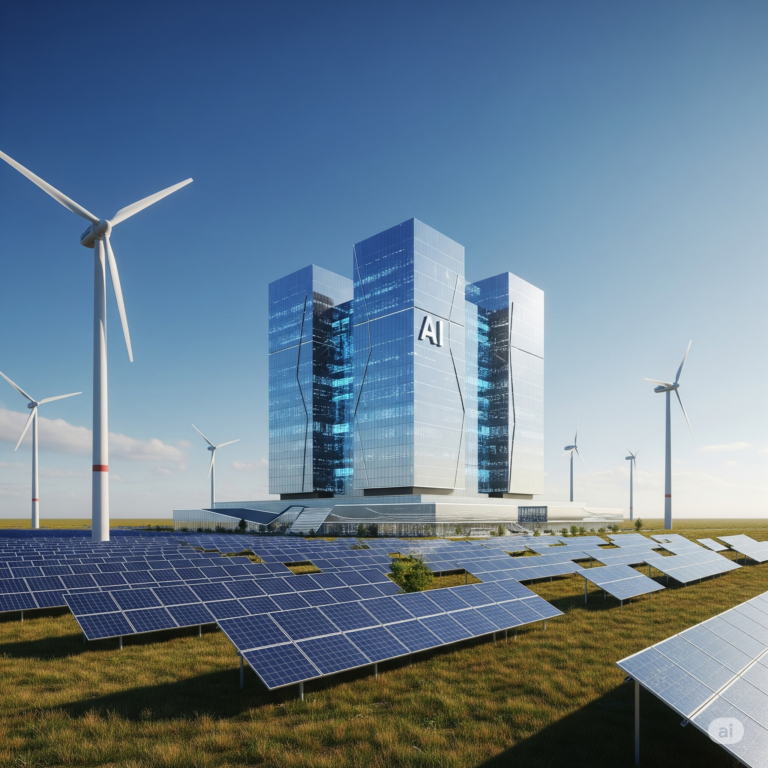


+ There are no comments
Add yours